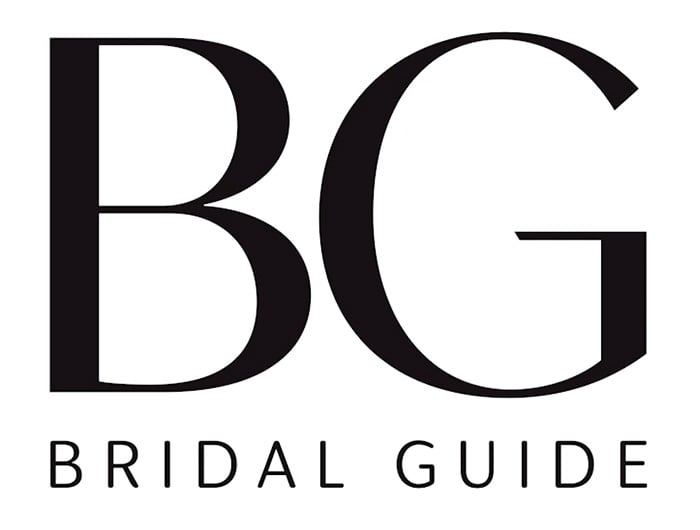Sniff, swirl and sip like a pro with these need-to-know tips.
By: Jenna Mahoney
"Egads, the wine list!” is the first thing that goes through my head each time I am handed the book of beverages at a restaurant. often, I cross my fingers and hope one of my dining mates will pick the perfect bottle, other times I’m so unsure of how to talk to the wine steward, I skip the process entirely. Since I refuse to believe I'm alone in this behavior, I got some oenophiles (wine experts) to share the art os picking the best bottle for your romantic honeymoon dinner. Cheers!
Ask the Expert
Unlike Fight Club, the first rule is to talk about the wine list. ask your server or sommelier what has her most excited on the menu, says Rajat Parr, wine director for Mina Group, including the new Wit & Wisdom restaurant at the Four seasons hotel baltimore. and let her know what your preferred tastes are. personally, I like reds and bubbles—although not generally together. Parr said I should lead with that. I also prefer fruity tastes, as opposed to smoky wood finishes, so that’s another detail I should share. Based on that and the dinner selection, the sommelier should be able to recommend a wine to complement your meal. also, ask her why the pairing is recommended.
Speak Up
If the sommelier is tossing around terms that you don’t understand, let her know. “a good sommelier should have the ability to put images in your head,” says Marco Pelletier, a sommelier at Paris’s celebrated Hotel Bristol. Certain terms are general in the discourse of wine including tannic, which refers to a dry, lip-puckering taste, akin to a strong cup of tea; juicy, a rounder taste that feels like a fruit burst in your mouth, and demi-sec (or half-dry), which can be a bit confusing since it describes sweet, sparkling wines. Body is another common wine term that refers to fullness of the taste. A wine can be light-, medium- or full-bodied.
Go for Price
There’s no need to feel compelled to buy the most expensive bottle. Choose a price point and don’t be ashamed to stick with it. “The least expensive wine is not always the worst,” says Parr. “There is a reason it is on the list—it may be a great value.” When negotiating the wine list, you may want to point to your preferred price and ask the sommelier for similar suggestions. She’ll give input on bottles that are in the same range. I tend to go for mid-range wines, since I assume they will be more complex than the cheapies and just as yummy as the expensive wines.
Take a Sip
Once you’ve selected your wine, your server will open the bottle tableside and offer you a small pour to try. The process is to ensure that everything is A-OK with the bottle and that the wine is at its best. While handling the glass, hold it by the stem, as your hand temperature may affect the overall taste. Once the wine is poured, tilt the glass and notice the color of the liquid. Is it deep and rich? Healthy reds tend to have purple, ruby and maroon tones to them; older whites are golden and amber in appearance. Keeping the glass on the table, lightly spin the base, so that the liquid swirls around the glass. Check for any cork or lingering sediment, which may indicate the wine isn’t at its prime.
Give Some Feedback
Upon trying your wine, tell the sommelier what you like about it. Use specific language, even if you aren’t up on the oenophile terms of the moment. Instead of saying, “It doesn’t taste as I expected,” try: “It has a bitter edge” or “I like the buttery flavor.” If your glass of wine tastes like a moldy basement or wet cardboard, say so immediately. this means the wine may be corked (or tainted). Note: It does not mean that bits of cork are in the glass. Technically, a corked bottle is the only one you should send back, but Parr assured me that you can refuse any wine—for the right reasons. Use specific language to indicate your terrible dislike. “Of course, if you’re clear as to your descriptions in the first place, you shouldn’t have any problems.”
Photo credit: Bryan and Mae Photographers



